Finite Difference Method Programming
Data is displayed for academic year: 2023./2024.
Lecturers
Course Description
Description of electromagnetic problems using partial differential equations. Finite differences method (FD), accuracy and stability of the method. Finite difference time domain method (FDTD), finite integration technique (FIT), numerical stability and dispersion of the FDTD method, soft and hard source models, absorbing boundary conditions. Examples of implementation of FD and FDTD methods: analysis of microstrip transmission structure and analysis of waveguide structure.
Study Programmes
University graduate
[FER3-HR] Audio Technologies and Electroacoustics - profile
Elective Courses
(1. semester)
(3. semester)
[FER3-HR] Communication and Space Technologies - profile
Elective Courses
(1. semester)
(3. semester)
[FER3-HR] Computational Modelling in Engineering - profile
Elective Courses
(3. semester)
Elective Courses of the Profile
(3. semester)
[FER3-HR] Computer Engineering - profile
Elective Courses
(1. semester)
(3. semester)
[FER3-HR] Computer Science - profile
Elective Courses
(1. semester)
(3. semester)
[FER3-HR] Control Systems and Robotics - profile
Elective Courses
(1. semester)
(3. semester)
[FER3-HR] Data Science - profile
Elective Courses
(1. semester)
(3. semester)
[FER3-HR] Electrical Power Engineering - profile
Elective Courses
(1. semester)
(3. semester)
[FER3-HR] Electric Machines, Drives and Automation - profile
Elective Courses
(1. semester)
(3. semester)
[FER3-HR] Electronic and Computer Engineering - profile
Elective Courses
(1. semester)
(3. semester)
[FER3-HR] Electronics - profile
Elective Courses
(1. semester)
(3. semester)
[FER3-HR] Information and Communication Engineering - profile
Elective Courses
(1. semester)
(3. semester)
[FER3-HR] Network Science - profile
Elective Courses
(1. semester)
(3. semester)
[FER3-HR] Software Engineering and Information Systems - profile
Elective Courses
(1. semester)
(3. semester)
Learning Outcomes
- select appropriate numerical method for analysis of antennas or EM scatterers
- describe basic concepts related to the finite-difference method
- estimate the limitations of the finite-difference method
- apply commercial full-wave simulator based on finite-difference method in analysis of engineering problems
- develop a program for analyzing simple EM problems using finite-difference method
- Compare different numerical schemes based on finite difference method
Forms of Teaching
Lectures
--
Exercises--
Independent assignments--
Week by Week Schedule
- Introduction to partial differential equations; Finite-difference schemes (FD);
- Finite-difference schemes: Accuracy and stability of finite-difference solution; von Neumann's method
- Finite-difference schemes; Accuracy and stability of finite-difference solution; von Neumann's method
- Applications: transmission line of arbitrary cross-section
- Applications: wave propagation in layered media
- Applications: propagation of high-power electromagnetic pulses in optical fibers
- Finite-difference time domain method (FDTD): one-dimensional formulation
- Midterm exam
- Finite-difference time domain method (FDTD): three-dimensional formulation, Yee’s cell
- Finite-difference time domain method: accuracy, stability and dispersion; absorbing boundary conditions; soft and hard source models
- Applications: wave propagation in waveguide components
- Applications: analysis and design of antennas
- Finite Integral Technique; Yee's cell pair; construction of finite-integral technique program
- Finite Integral Technique; Yee's cell pair; construction of finite-integral technique program
- Final exam
Literature
For students
General
ID 222694
Winter semester
5 ECTS
L2 English Level
L1 e-Learning
45 Lectures
0 Seminar
0 Exercises
13 Laboratory exercises
0 Project laboratory
0 Physical education excercises
Grading System
Excellent
Very Good
Good
Sufficient


 Pristupačnost
Pristupačnost